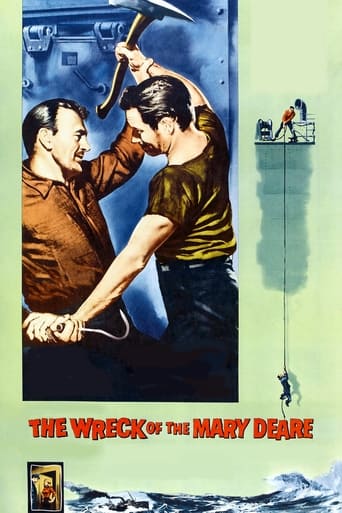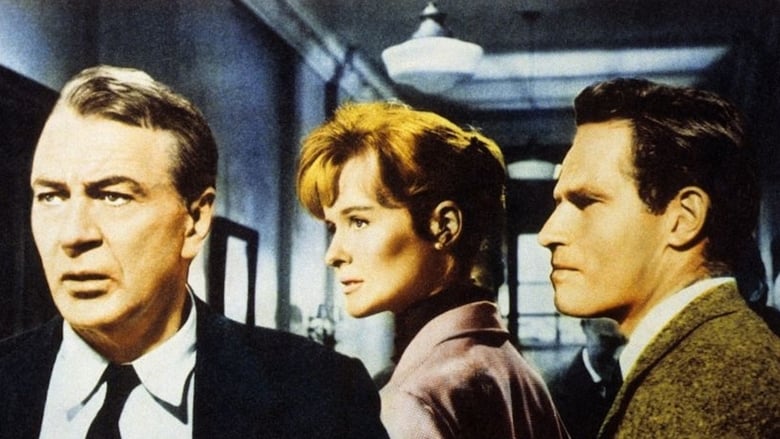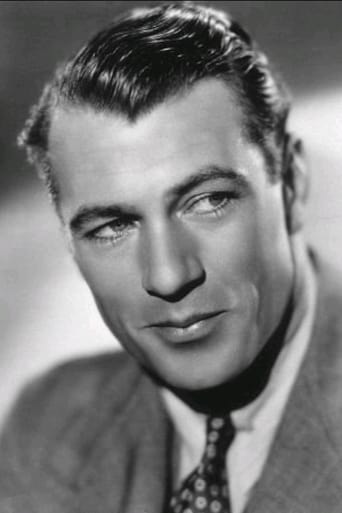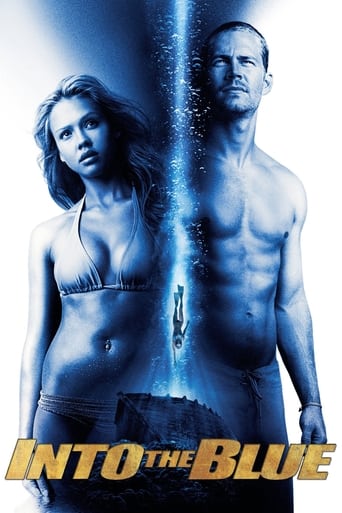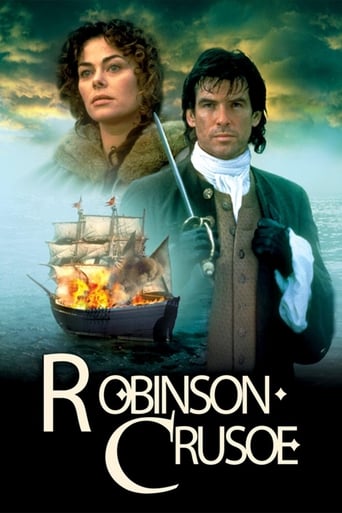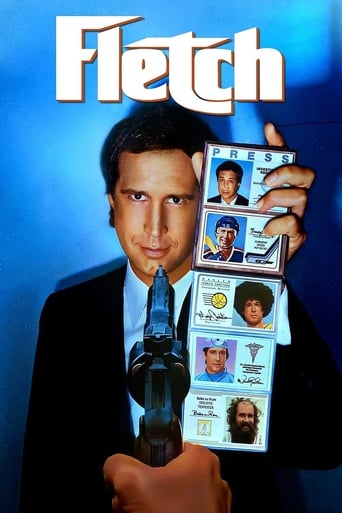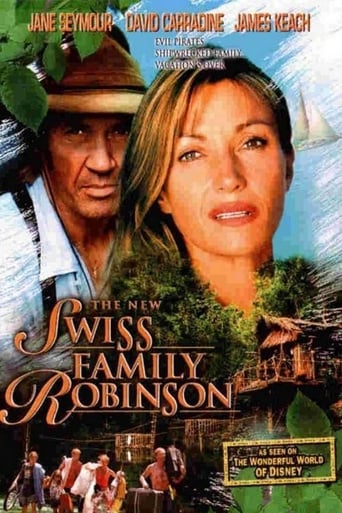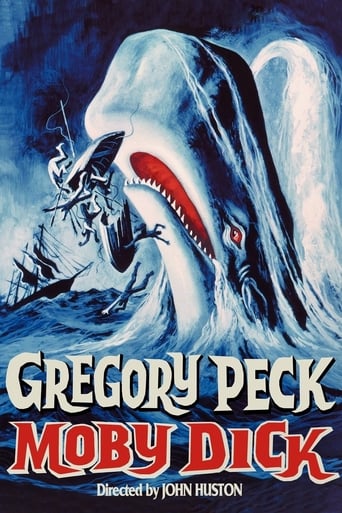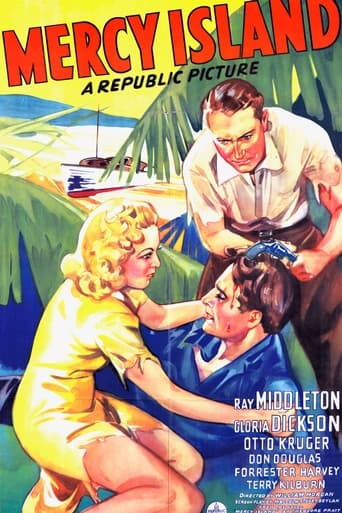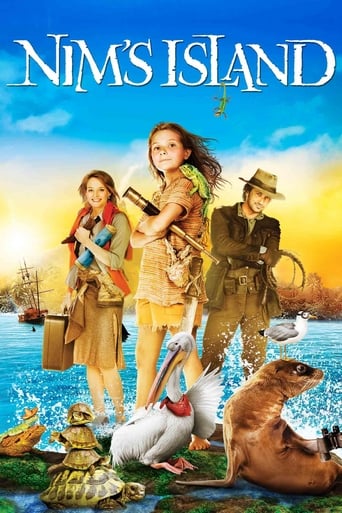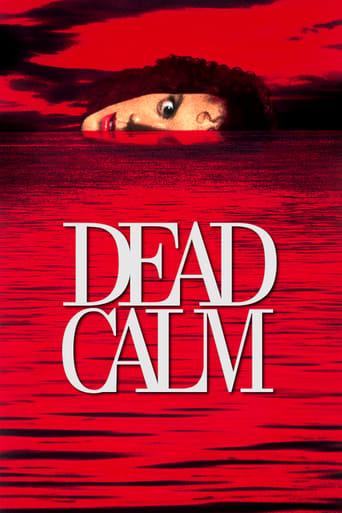The Wreck of the Mary Deare (1959)
A disgraced merchant marine officer elects to stay aboard his sinking cargo ship in order to prove the vessel was deliberately scuttled and, as a result, vindicate his good name.
Watch Trailer
Cast
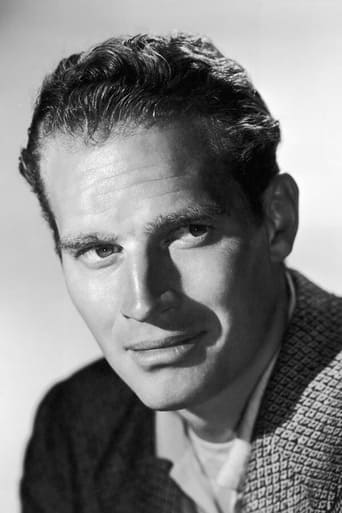


Similar titles
Reviews
Gary Cooper and Charlton Heston are the center of this movie. Something has happened to sink the title ships. Cooper is in the middle of it and Heston, being a man of integrity, finds himself on board after Cooper rescues him. As time goes on, we see that Cooper was used by his bosses to pull off a scheme to cheat the insurance companies. Heston gets to know this, but the real issue here is how the conflict will play out between the two men. Cooper did save the life of the man, but Heston's character must weigh the value of his life versus the price of his silence. This is a very believability and complex psychological film. As another reviewer has mentioned, the shipwreck scenes are absolutely stunning. Hard to believe that this was 1959.
Gary Cooper plays first officer of the steamship the Mary Deare, found drifting at sea by Charlton Heston, the skipper of a salvage vessel; Cooper says the crew abandoned ship after intentionally sabotaging the Mary Deare to collect insurance on her cargo, while the crew later claims Cooper ordered them off and was a negligent captain. Poor opening (wherein Cooper acts like a raving lunatic) and limp conclusion are redeemed somewhat by court of inquiry midsection, which at least provides for some good maritime melodramatics. The crew (hissable villains, a smug Richard Harris among them) are no match for a stubborn-but-honest merchant marine, so there's no surprise at the outcome, but the performances help carry the load. Square screenplay by Eric Ambler, based on the book by Hammond Innes, isn't the potboiler you may end up hoping it'll be. Handsomely shot by cinematographer Joseph Ruttenberg. Michael Anderson directed, without flair. **1/2 from ****
Although Gary Cooper doesn't appear on screen for the first ten minutes or so, this movie is clearly his. Charlton Heston is billed second, and while his part is substantial, Cooper ultimately gets the meat of the movie. It's downright striking when Cooper, as Patch, first appears. This sea-wary captain looks nothing like the dapper romantic lead we associate with Cooper. He's grizzled, tired and dirty from head to toe. Cooper never got his universally-praised swan song moment before he passed, mainly because critics at the time panned a wonderful little movie called Love in the Afternoon based solely upon the age difference between Cooper and Audrey Hepburn.You may not even notice, but there's very little dialog for the first forty minutes of this movie. There's such an eerie feeling, and so much going on visually, that dialog isn't even necessary. The special effects are stunning in this film. Everything in this picture, unlike contemporary movies, looks utterly believable. The beginning in particular has a few breathless sequences which certainly stand the test of time visually.This picture is directed very capably by Michael Anderson; it nearly became an Alfred Hitchcock production before Hitchcock decided to make a little film called North by Northwest instead. No matter, Anderson, of Logan's Run and Around the World in Eighty Days fame, does a fine job at the helm. Heston plays his part, Sands, very well; free of the grandness and scope that people usually peg him for from the epics. Richard Harris also takes the villain role which could have easily come off as silly and made it dangerous and creepy.I give this movie a 9 because I think the script could have used a couple lighter moments between Cooper and Heston. The ending scene, while a little short, was especially well-done. It takes on added emotional weight by the fact that this film would be Cooper's second to last. Watch this movie for Heston. Watch it for Harris. Watch it to see the pairing of two heavyweights in Cooper and Heston, but especially watch it for Cooper.
Sometimes you can't help wondering why certain occupations produce so many accomplished writers -- pilots, seamen, and doctors, for instance. Maybe pilots tell good stories that are made into films because -- let's face facts -- what goes up must come down, one way or another. Doctors also can tell gripping stories about life and death decisions, and there's always blood involved. When was the last time a popular novel was written by a dermatologist? Seamen have the toughest time. They're not going to cash in on the audience's fear of flying, and they don't make decisions that, gone wrong, may fatally nick the subclavian artery.For sailors, they must heave the story up out of its marine context into psychology (eg., Conrad) or intrigue (eg., "The Wreck of the Mary Deare"). Storms at sea are fine, but you can hardly have a whole movie about a storm. "The Perfect Storm" was padded out with fiction. I guess "Typhoon" is all about a storm but to my knowledge it's never been filmed.Sorry. Kind of a tedious introduction, I know."The Wreck of the Mary Deare" takes place basically in three acts. (1) Charlton Heston's salvage boat almost runs into a derelict freighter in the middle of a storm off the French coast. He boards her and finds Gary Cooper, the sole occupant, hostile and suspicious. They manage to beach her amid some mean-looking rocks. (2) There is a formal investigation of the wreck by the insurance company and a court of inquiry, amounting to a courtroom drama. Cooper unfortunately is cast as the kind of defendant who wants to shout out "the truth" but is constantly being told to shut up and sit down and stop interrupting the proceedings. (3) The only way Cooper's curious behavior can be justified is by examining the cargo in Hold Three. He and Heston don wet suits, swim into the hold, prove their point, and successfully fight it out with the owner's henchmen on board.Innes' novel has a harrowing opening act. Like Nicholas Monserrat he has an eye for capturing the dramatic detail. The film doesn't get it. Heston, climbing a line to board the heavily rolling Mary Deare, SHOULD BE swung back and forth like a weight at the end of a pendulum, slammed against the cold iron hull every few seconds. In the film it looks like he's climbing a rope in a high school gymnasium. Still, we get a good impression of what a hostile and unsteady environment a cold deck can be, filthy and dark, wallowing and sloshing. You can almost smell the rust.My memory of the novel is fuzzy after so many years but the film's middle act isn't bad. I did, though, miss John Williams as Sir Wilfred, the prosecutor or barrister or chief inquisitor or whatever he is. John Williams has played so many investigators and detectives I've lost track -- "Dial M for Murder," "Witness for the Prosecution," "The Paradine Case," "To Catch a Thief." It was a criminal act to give the role to somebody named Emlyn Something. Pardon me while I call my solicitor.The novel did not end with an underwater fight. That's a kind of a cop out. SCUBA diving was becoming a popular sport in the 1950s, replacing snorkeling, which was for wimps. And wet suits were still something of a novelty on screen. (Cf., "Thunderball.") I believe, though, that a good argument could be made in favor of women in skimpy bathing suits SCUBA diving, rather than bulky men in full wet suits. Women look slick and phocine under water, as if built for it. Men may look better while running, but women look better while swimming. (These silly generalizations are exhilarating. Everybody should make one a day. We'd all be happy campers. No more wars in the Middle East. No more atonal music. No more, "Will Jessica Leave Brad"?)See it if it's on. Fine special effects and miniatures for the period. And note the best performance in the movie, by Richard Harris as a smiling and snide villain.

